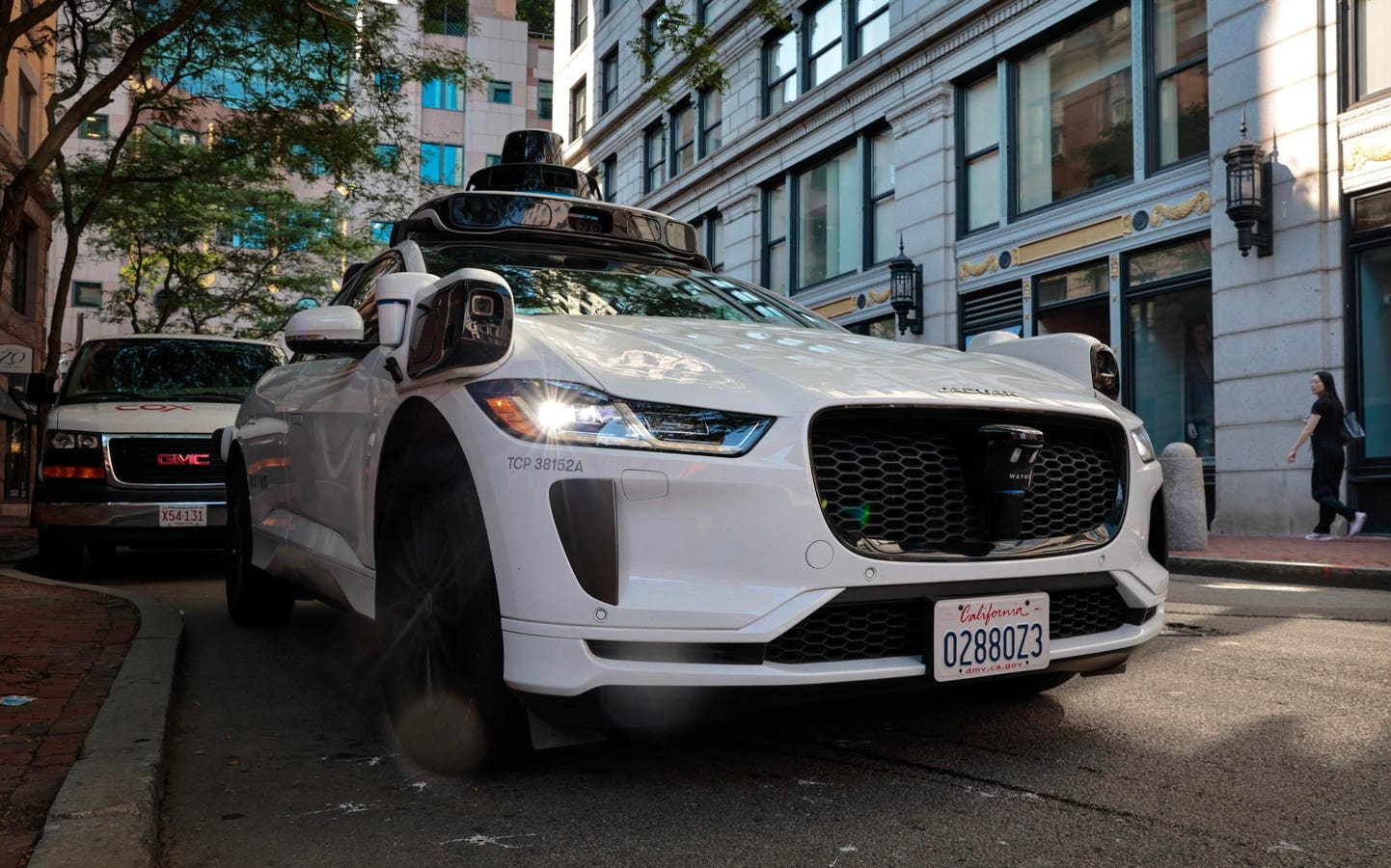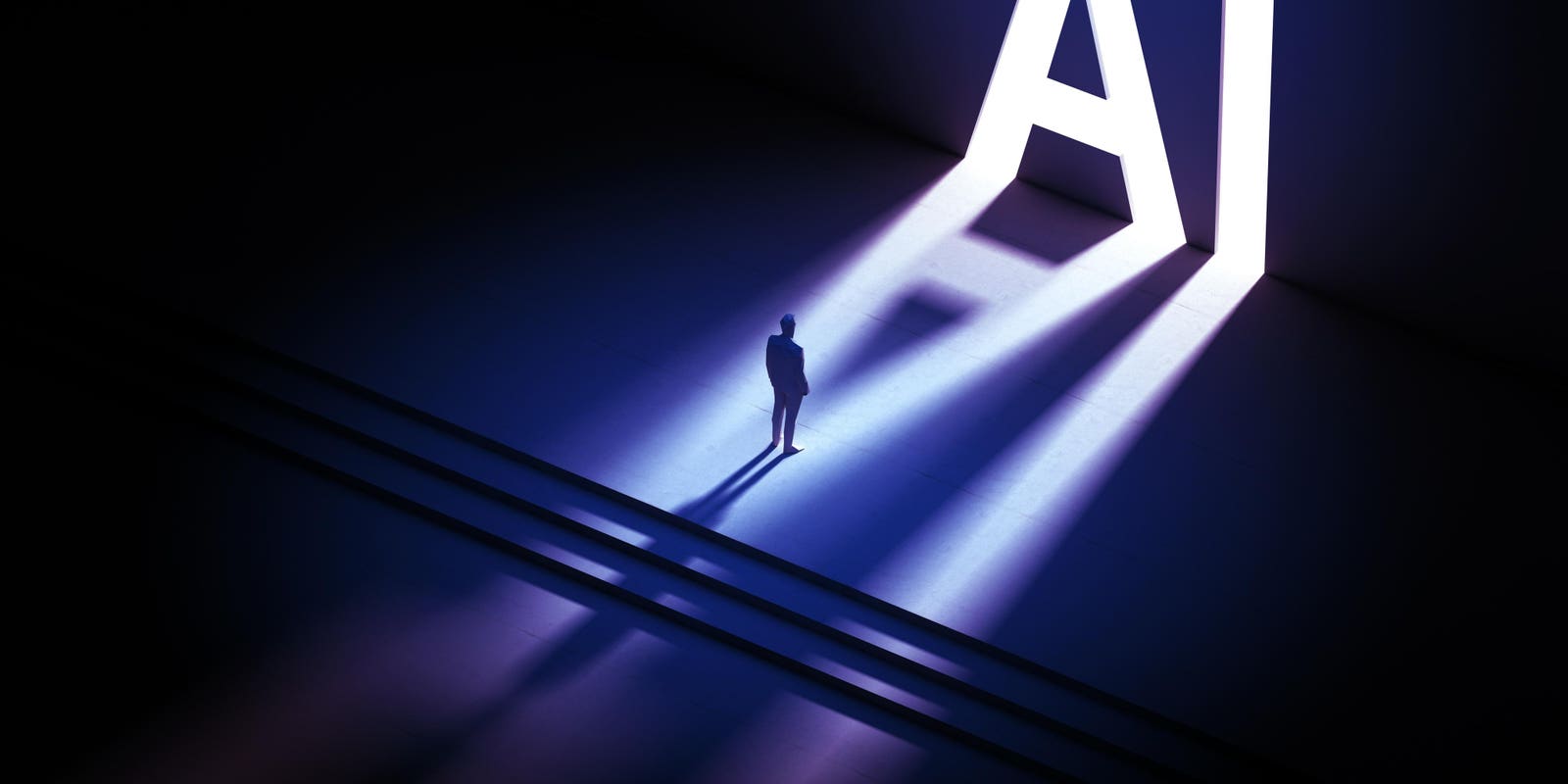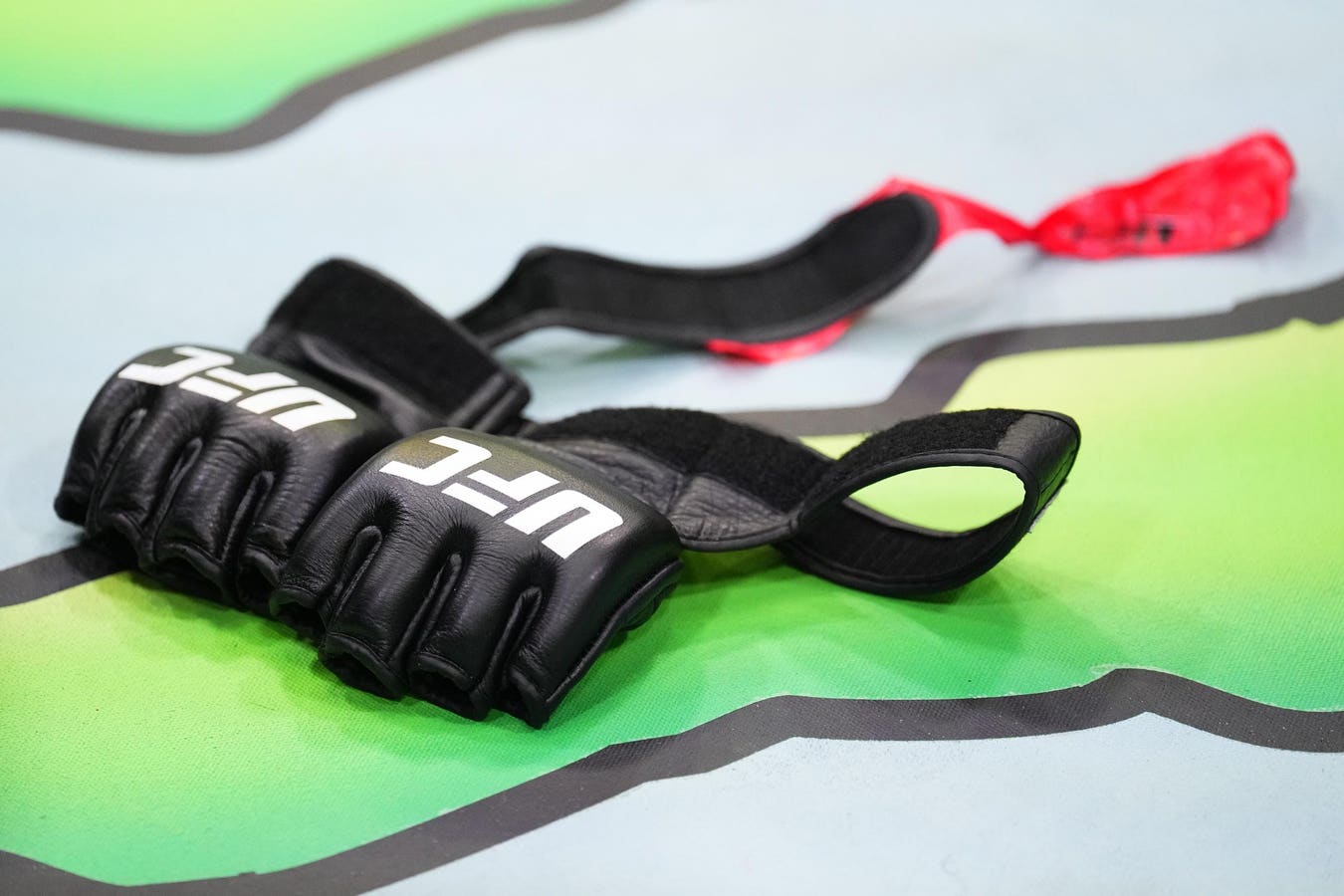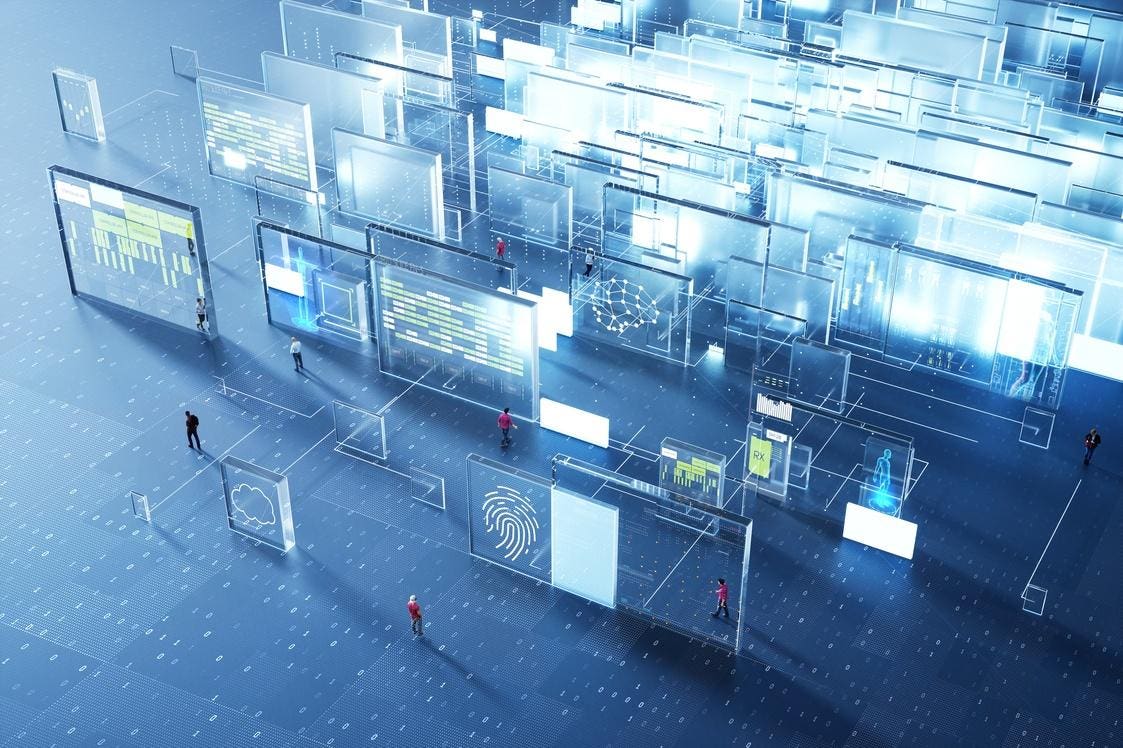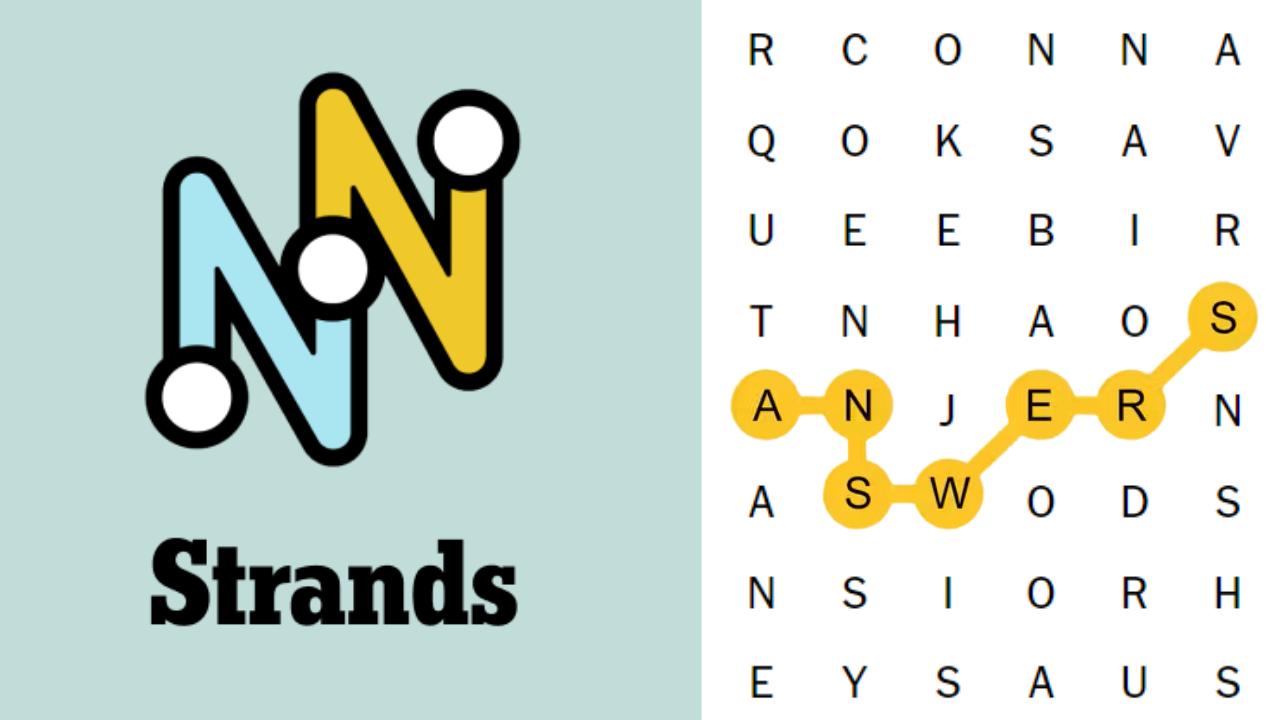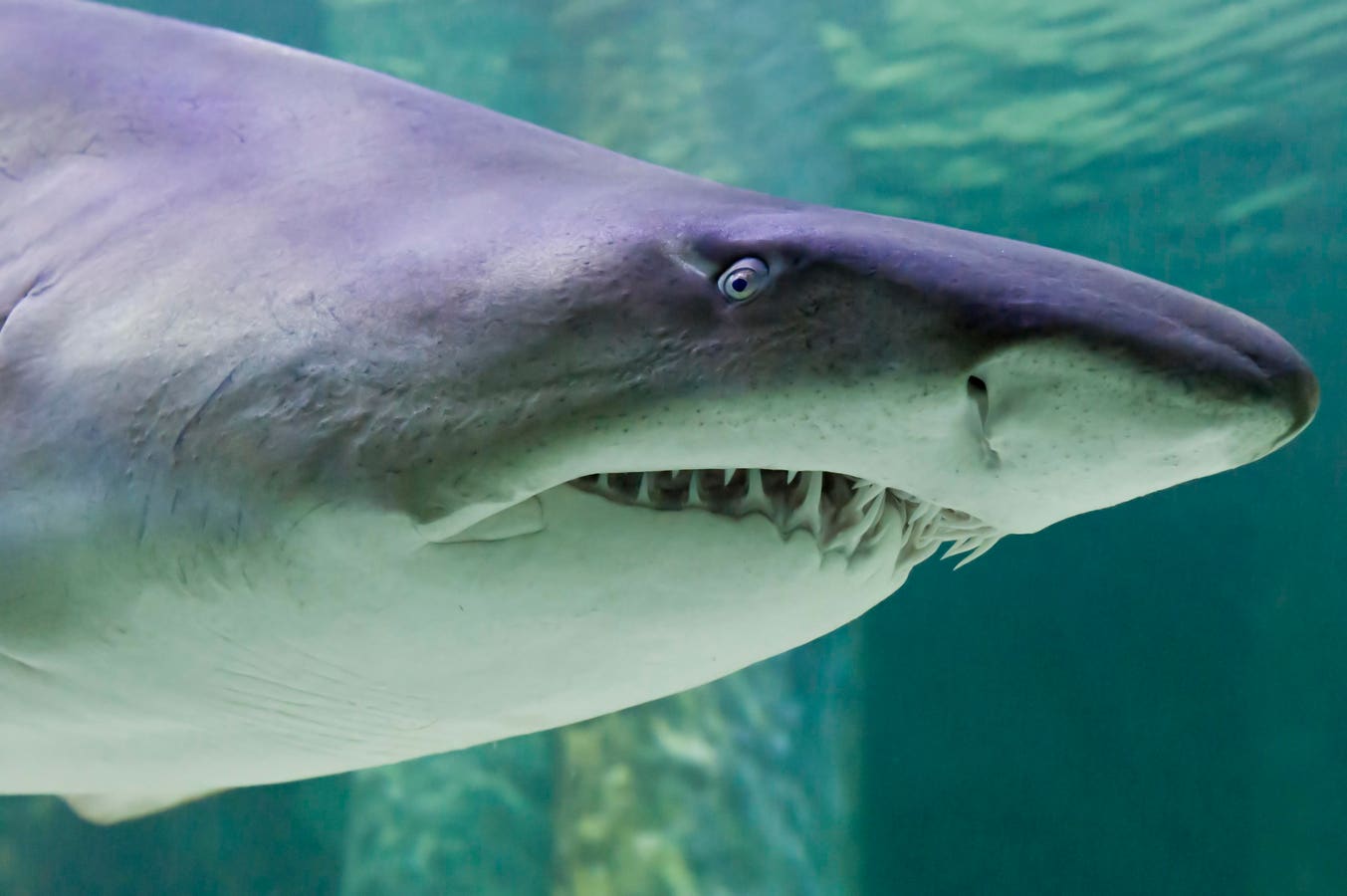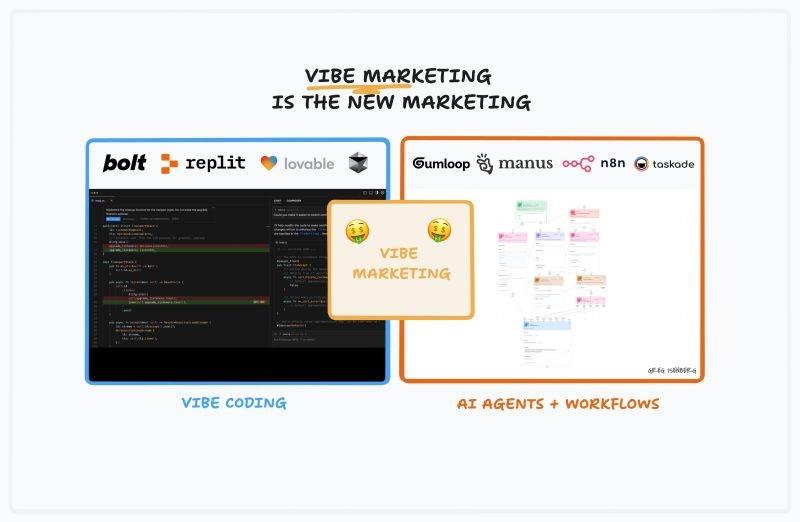An electric Waymo vehicle testing in Boston.
Boston Globe via Getty Images
Waymo, the leading U.S. robotaxi operator, plans to launch the autonomous ride service in Dallas next year, its second market in Texas, where it’s partnering with Avis to keep its growing fleet of electric vehicles in service. The Alphabet Inc. unit’s steady expansion pace draws a sharp contrast with Tesla, which remains in test mode despite CEO Elon Musk’s continued claims of its autonomous tech prowess.
Mountain View, California-based Waymo said in a blog post it’s launching commercial rides in Dallas in 2026, where it’s also been testing, without specifying exactly when. It already operates in Phoenix, San Francisco, Los Angeles, Austin and Atlanta, and previously said it would launch service in Miami and Washington, DC, next year as well. The company said Dallas is of interest as it thinks it can help road safety in a city with the highest traffic fatality rate among U.S. cities with populations above 1 million people.
For the latest in cleantech and sustainability news, sign up here for our Current Climate newsletter.
The news comes a week after Alphabet CEO Sundar Pichai said Waymo could soon triple the number of cities it’s operating in. “The Waymo driver has now autonomously driven over 100 million miles on public roads, and the team is testing across more than ten cities this year, including New York and Philadelphia,” he said on Alphabet’s July 23 results calls. “We hope to serve riders in all ten in the future.”
Along with Dallas, New York and Philadelphia, Waymo has confirmed that it’s testing electric robotaxis in Houston, San Antonio, Miami, San Diego, Nashville, Washington, Boston and Tokyo. Currently, it’s providing over 250,000 paid rides a week in the five cities where the service is available. That could be worth at least $5.1 million a week, based on an average fare of $20.43 per ride, an estimate by Obi, an app that aggregates real-time ride-hail prices.
Obi
By comparison, Tesla is operating “supervised” robotaxi rides in a small portion of Austin, with a technician sitting in the front passenger seat to assist in the event of problems. So far, those have included problematic left turns, hitting a parked car and at least one incident of a vehicle failing to stop at a train crossing on its own as a train approached. Tesla is also testing its tech in San Francisco, but with onboard human safety techs as the company doesn’t have permits to operate a robotaxi service in California (Coincidentally, it’s also awaiting a ruling by the state’s Office of Administrative Hearings over charges brought by the DMV of false advertising that its overstated the capabilities of its Autopilot and Full Self-Driving software.)
Despite Tesla’s minimal commercial progress with its robotaxis, Musk once again claimed last week that his company is leading in the technology, despite its decision to use only cameras for its vision system, rather than laser lidar and radar, which Waymo and most other competitors and autonomous tech experts believe is essential to ensure safety.
“Tesla is by far the best in the world at real-world AI,” Musk said on its results call last week. “A clear proof point for that would be if you compare it to Waymo. Waymo’s car is best with god knows how many sensors. Isn’t Google good at AI? Yes. But they are not good at real-world AI. Tesla is much better than Google. By far.”
Avis will work with Waymo in Dallas to keep its robotaxis there charged up and cleaned at fleet depots, and provide basic maintenance.
More From Forbes

